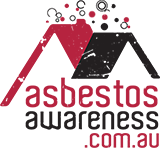The Asbestos Products Database is Australia’s first comprehensive online database to assist homeowners, renovators, tradespeople and some industries to identify asbestos-containing materials so they can be managed safely. The database provides multiple search options for products commonly used in residential and commercial properties, in agriculture, automotive, industrial, plant and marine products and features over 60 different product types and more than 550 product photographs with descriptions and locations where these products might be found in homes built or renovated prior to 1990.
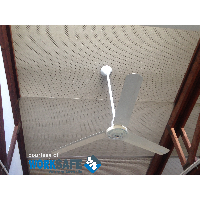
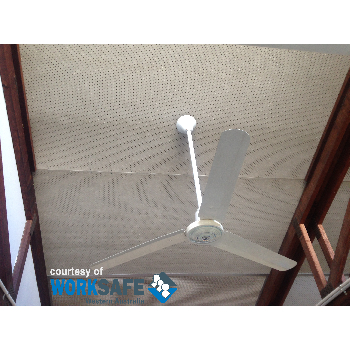 Full Size
Full Size
| Name | LDB Ceiling |
|---|---|
| Caption | Low density fibreboard ceiling panels chrysotile and amosite |
| Location | Commercial |
| Source | WorkSafe WA |
| Image Id | 60 |
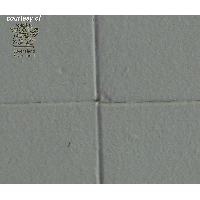
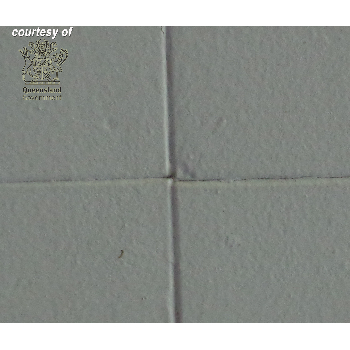 Full Size
Full Size
| Name | Low Density Board Ceiling close up |
|---|---|
| Caption | Close up of LDB Ceiling sheeting with beveled edges |
| Location | Domestic home |
| Source | Queensland Government |
| Image Id | 326 |
Low Density Asbestos Fibre Boards (LDB) - Asbestolux
| Product description | |
|---|---|
| Asbestolux was typically used as wall and ceiling panels, often in high humidity applications. It has been used for fire protection, thermal and acoustic insulation and for general building work in industrial and commercial buildings, education facilities and domestic premises.It was manufactured in the late 1950s to mid-1960s and is unlikely to be found in buildings constructed after 1983. | |
| Product type | Cement - sheets, moulded product |
| Sub-Product type | |
| Trading name(s) |
Asbestolux Durolux |
| Other name(s) | AC board, LDB |
| Build element | Walls and ceilings. |
| Product identification | |
| Asbestolux is a low density asbestos fibre board, lightly compressed, it looks similar to asbestos cement sheeting or plaster board, but asbestos fibres are not bound in a cement matrix as with asbestos cement sheeting but in calcium silicate plaster, which makes Asbestolux quite soft and the pressure of a fingernail into the surface can leave an indentation. Samples of Asbestolux have shown it contains up to 70 per cent (by volume) asbestos fibres. It is usually painted white.It is very difficult to visually identify low density board from other constructionsheeting at first glance. Some indicators to assist with the visual identification of low density board (Asbestolux and Duralux) include:- If the rear side of the sheeting can be viewed, the trade name Asbestolux or Duralux may be found prominently stamped on the rear of the sheeting at regular intervals.- Low density board was commonly installed as interior fire resistant ceiling sheeting/tiles and upper wall linings, however it may have been used in other applications.- When compared to "normal" asbestos cement sheeting, low density board typically is "softer" in nature.- Joins are not usually covered by timber "cover strips" - Commonly the sheeting edges were roughly beveled- The heads of fasteners (nails/clouts) are often embedded or partially embedded (recessed) into the surface of low density board sheeting due to the "softness" of the sheeting. With "normal" asbestos cement sheeting the heads of the fasteners always sit proud of the surface, as any recessing would crack the sheeting. | |
| Known uses | Walls and ceilings |
| Asbestos fibre type |
Amosite (brown asbestos) Chrysotile (white asbestos) |
| Friable or Non-Friable | Friable |
| Known Supplier(s) |
James Hardie Wunderlich |
| Known place of manufacture | |
| Date / period of manufacture | Late 1950s to mid 1960s |
| Building construction period | 1951-1960,1961-1970,1970-1980,1981-1990 |
| Location |
Domestic home
|
More Images
No further images available
Share this information on:
